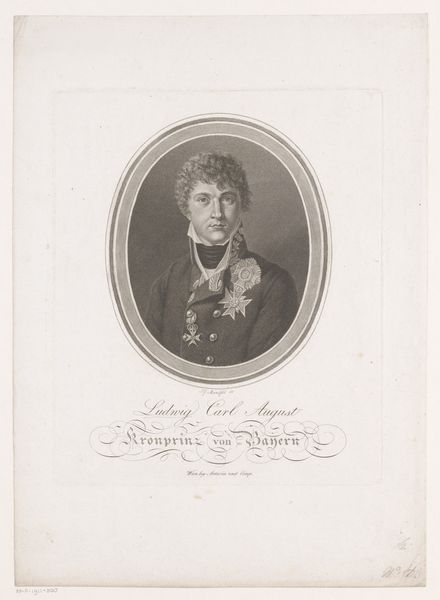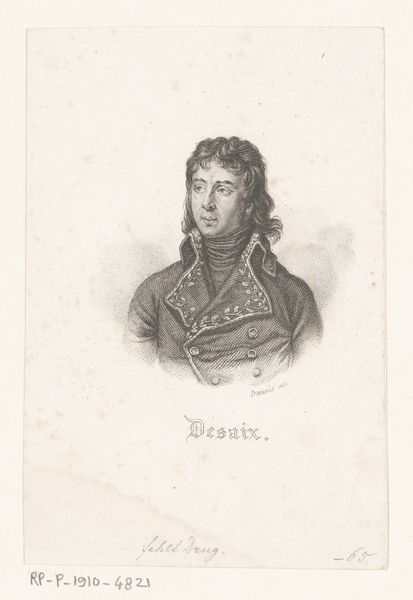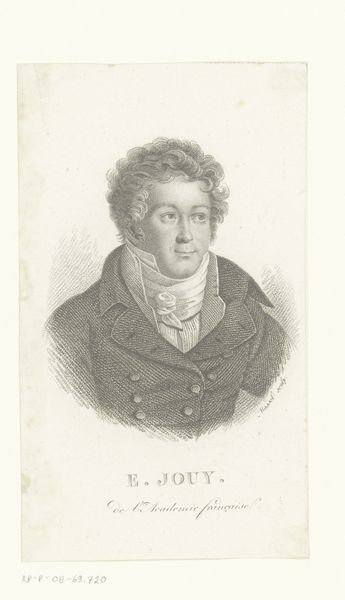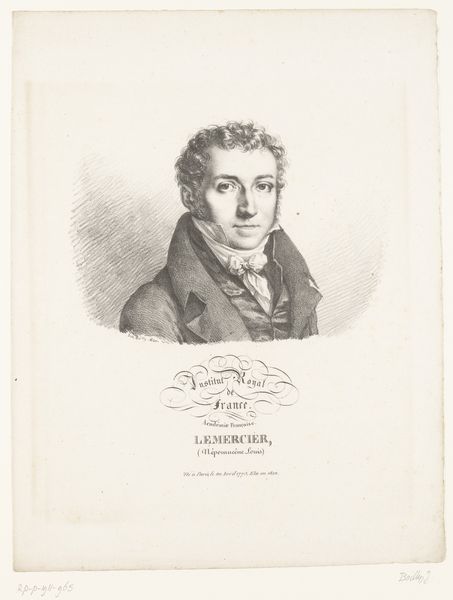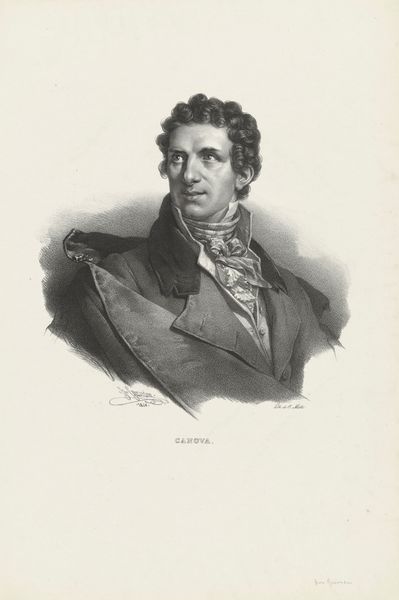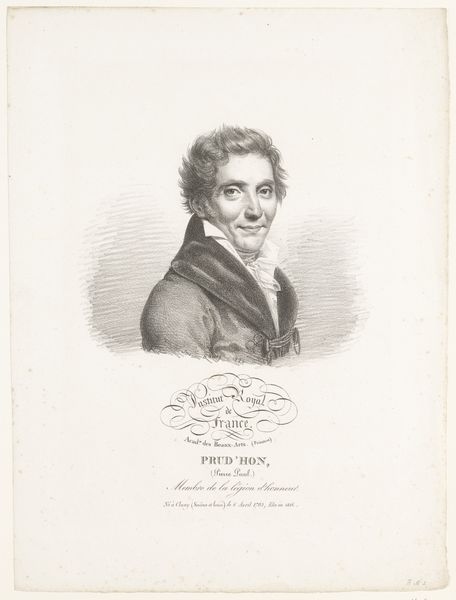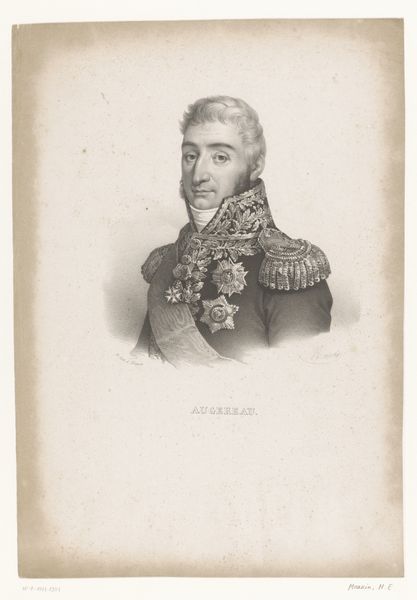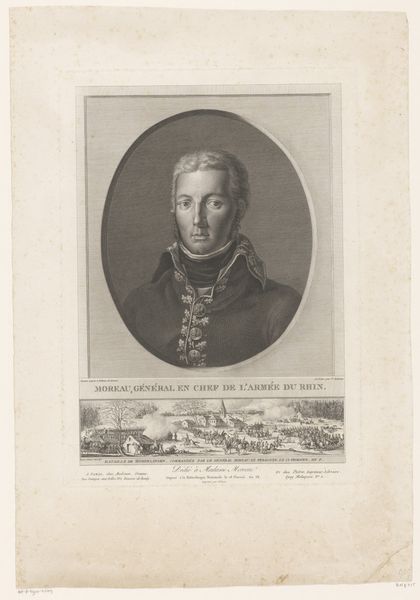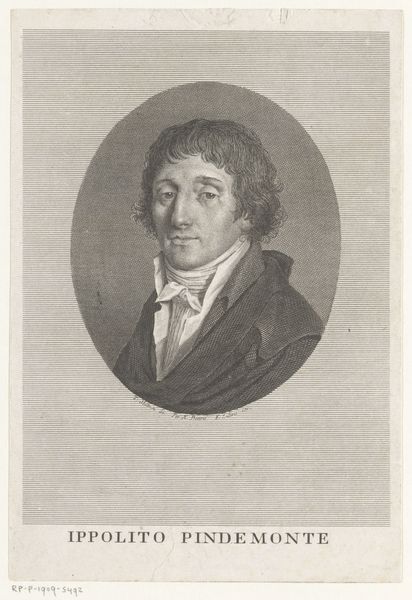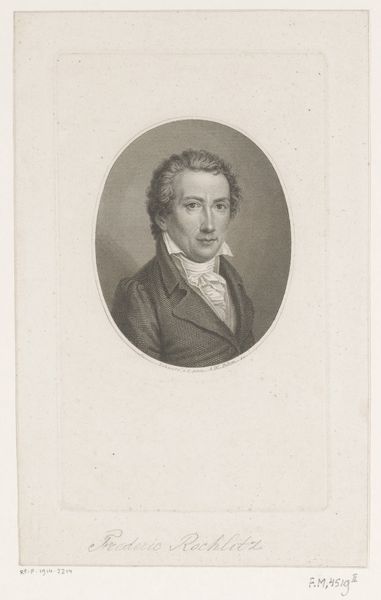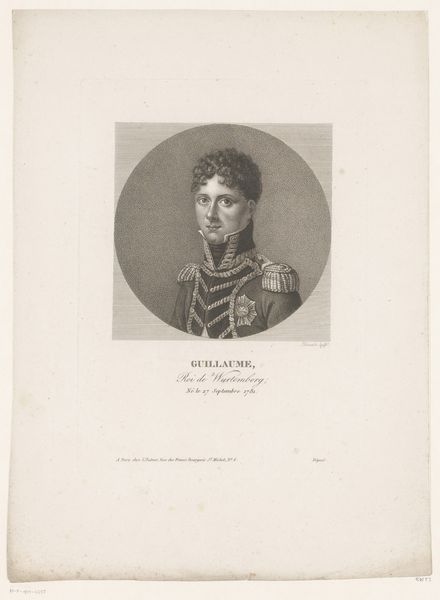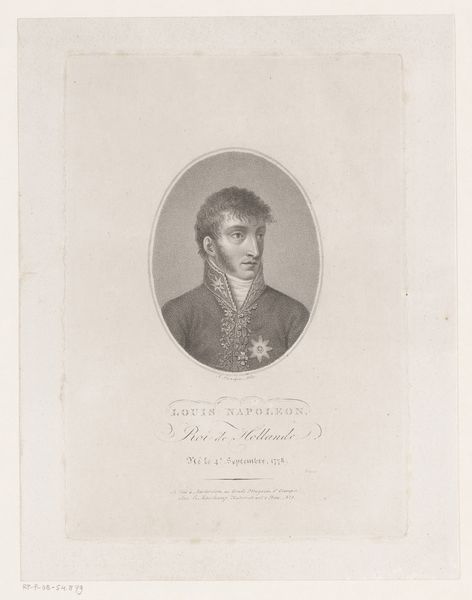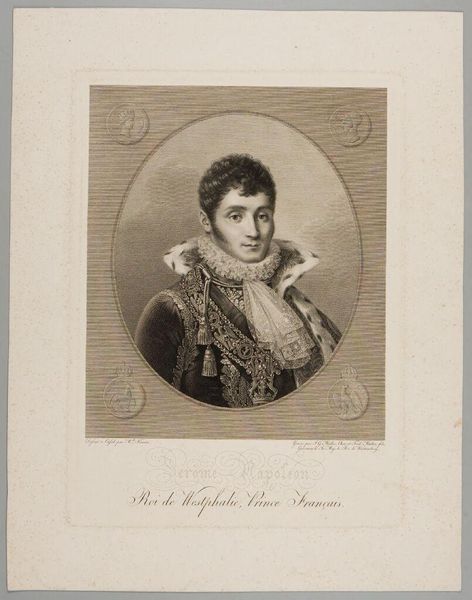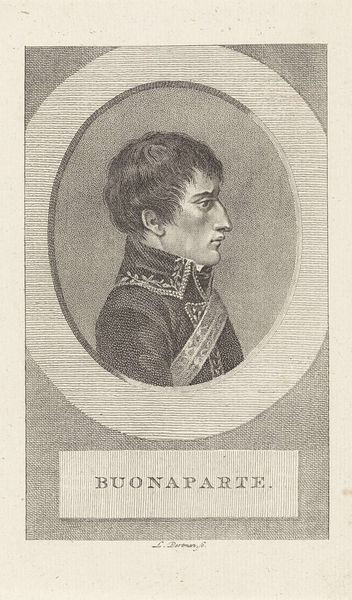
Bonaparte First Council of the French Republic c. 19th century
Copyright: CC0 1.0
Curator: Here we see Pierre Audouin's "Bonaparte, First Consul of the French Republic," now residing at the Harvard Art Museums. Editor: My first impression is one of controlled power. The stiff collar and ornate jacket convey an ambition ripe for material gain. Curator: Indeed. Audouin's work appears at a critical juncture. It captures Napoleon Bonaparte at the apex of his power as First Consul, a moment of immense political and social transformation in France. Editor: Look at the engraving technique. The dense lines, especially in the background, almost choke the figure, mirroring the stifling political climate under Bonaparte. You feel the labor in it. Curator: And yet, the crispness of Bonaparte's face implies a new vision for France, doesn't it? A vision that would be disseminated through prints like this, shaping public perception. Editor: Perhaps, but the medium itself – printmaking – speaks to mass production and consumption. It's a manufactured image, designed to be replicated and distributed for political influence. Curator: That distribution helped solidify the cult of personality around Bonaparte. It's fascinating how art played a role in constructing his image and, by extension, his authority. Editor: I see the piece as a commentary on the industrialization of imagery and its use in bolstering power, not just as an artistic representation of Bonaparte. Curator: A powerful perspective! It seems that this artwork presents Bonaparte as both a historical figure and a fabricated icon. Editor: Exactly, and the printmaking process reveals how intertwined those two aspects really are.
Comments
No comments
Be the first to comment and join the conversation on the ultimate creative platform.
